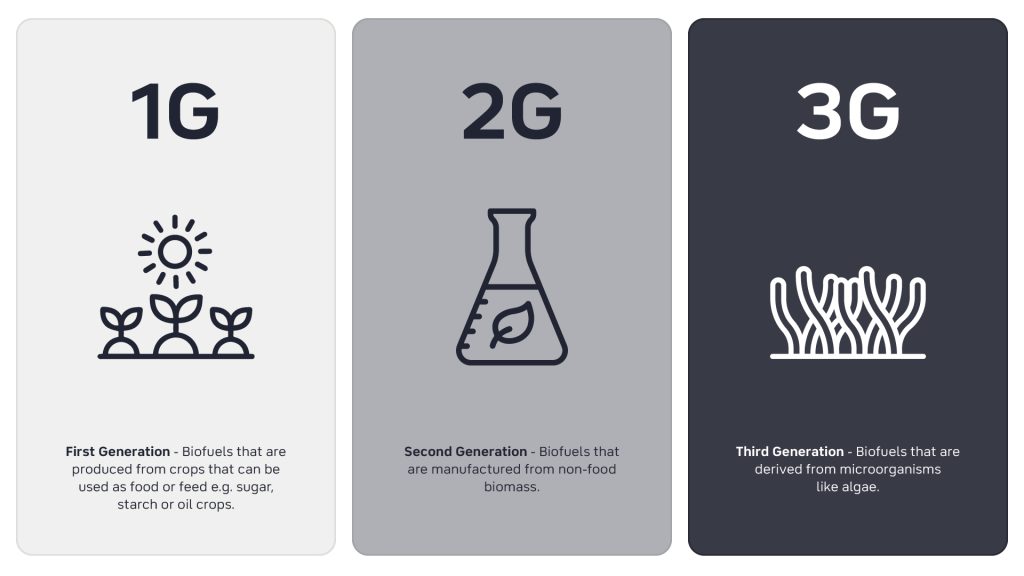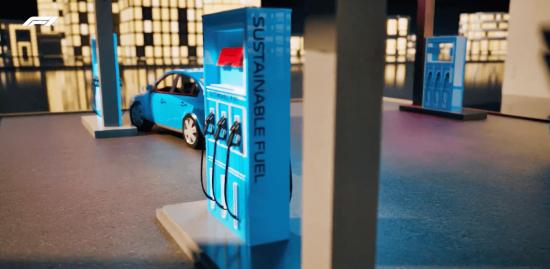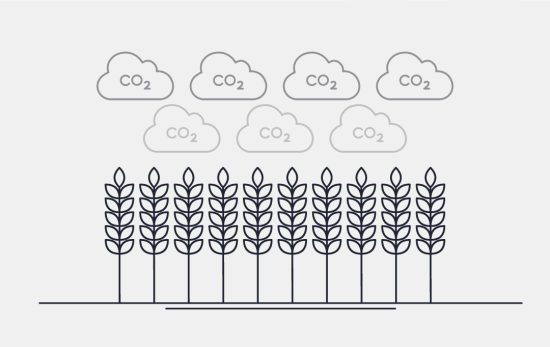Navigating the world of alternative fuels can be a complex task. Firstly, there are multiple solutions available. Secondly, these solutions can be categorised using a variety of terminology. And finally, some fuels will fall into multiple categories based on their feedstock, production process, characteristics or intended use.
As a result of the above, the terminology for classifying different fuels can often be misinterpreted or mistakenly used interchangeably, despite the subtle differences that set each collection apart.
In this article, we’ll explore the terms green fuel and sustainable fuel in more detail to help define their differences. Although the term ‘green fuel’ is often avoided by many in the industry, as it can be seen to mislead consumers into thinking that a brand or business holistically has a positive environmental impact or no adverse impact, it can still appear in wider information. As such, we feel it’s important to explore this language and how it’s used.
What is green fuel?
The term ‘Green fuel’ typically refers to energy sources derived from renewable, natural processes with a low environmental impact. It’s also used to describe fuels that offer a reduced level of carbon emissions and pollution compared to fossil fuels.
The key characteristics associated with green fuels are listed below.
- They are derived from renewable sources.
- They can be used to replace conventional fossil fuels and minimise environmental damage.
Examples of green fuels include first-generation biofuels.

What is sustainable fuel?
Sustainable fuels are made from renewable materials that are replenishable over time and can be used without depleting the natural environment or causing long-term harm to ecosystems and human society. They are energy sources that are less carbon-intensive than fossil fuel, while also being economically viable and socially acceptable to their end users.
The key characteristics associated with sustainable fuel are listed below.
- Sustainable fuels aim to have a low environmental footprint, socially and ecologically.
- They are derived from sources that are not depleted over time.
- They must also comply with sustainability criteria with regard to land use, water footprint, biodiversity, economics and more.
Examples of sustainable fuels include second-generation biofuels, e-fuels and recycled carbon fuels.
Drawing comparison: Green fuel vs. sustainable fuel
By comparing the two categories, we can identify which characteristics they both share and those that set them apart.
What are the similarities between green and sustainable fuel?
- Their environmental focus: Both green and sustainable fuels prioritise reducing society’s environmental impact.
- Their role as fossil fuel alternatives: Both fuels offer alternatives to conventional fossil fuels like gasoline, coal, or natural gas.
- Their use of renewable sources: Both fuels will come from renewable sources (e.g. plants, waste).

What’s the difference between green and sustainable fuel?
- Their scope: Green fuels primarily focus on reducing emissions and pollution during their production and use, whereas sustainable fuels look more holistically at long-term viability, considering social, economic, and ecological factors.
- Their long-term impact: Some green fuels may be renewable and produce low emissions, but they’re not always sustainable in the long term. Sustainable fuel, by definition, ensures long-term ecological balance.
To put this into context, all biofuels are considered green as they use a renewable resource (e.g. plants), and are more environmentally friendly than fossil fuel when burned. However, whilst second-generation biofuels like those used in our SUSTAIN Classic range can also be classed as sustainable fuels, first-generation biofuels cannot. This is because second-generation solutions use plant or crop waste as their source of biomass (that wouldn’t be used for human consumption). However, first-generation biofuels use the crops themselves, and this practice can lead to long-term issues for food supplies, biodiversity or water supply.
As this article shows, the categories of green fuels and sustainable fuels share a lot of similarities, but they are not the same. This is because while all green fuels aim to be environmentally friendly, not all are truly sustainable in a broader context. Sustainable fuels go a step further than green fuels by ensuring their use doesn’t negatively impact future generations or ecosystems.




